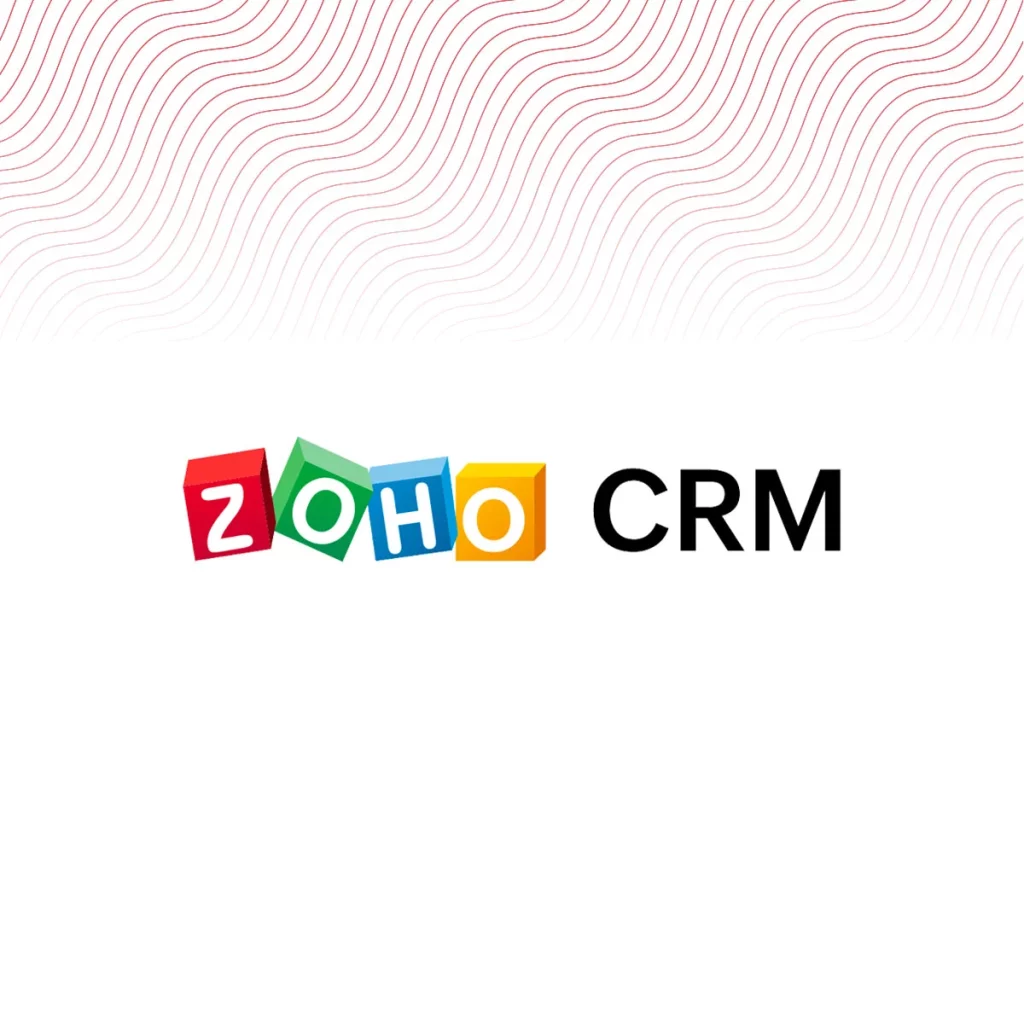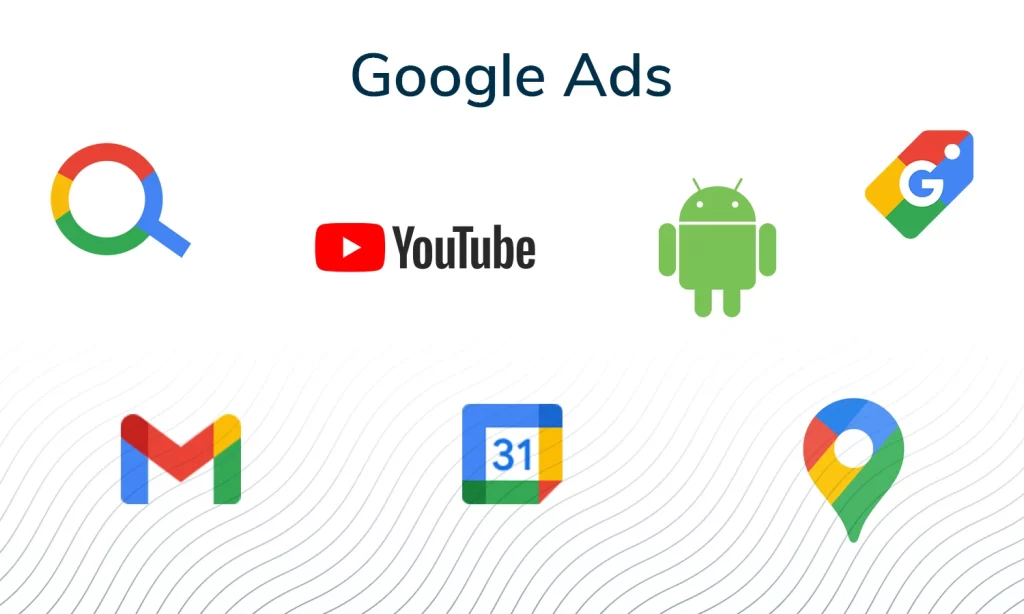Performance marketing is a branch of online marketing that focuses on measurable, real-time results. It is an advertising model in which advertisers only pay when there is a desired action, such as a sale, lead, or click. This approach to marketing is results-driven, and therefore performance-based, hence the name. Overall, performance marketing has a series of benefits you can explore.
Benefits of Performance Marketing
There are many benefits of performance marketing for both advertisers and publishers. Some of the main advantages include:
Advertisers only pay for results
This means that there is no wasted spend on advertising that doesn’t convert into sales or leads. This makes performance marketing a very cost-effective way to grow a business.
Low Risk
Marketers are in a much better position to optimise and reduce risk whenever necessary because they have full insight into their performance campaigns at all stages. Plus, faster launch times are conceivable as a result of reduced risk.
Real-time results
With performance marketing, advertisers can see how their campaigns are performing in real-time and make changes accordingly. This allows for a high degree of flexibility and optimization that other marketing channels lack.
Increased ROI
Because performance marketing is so focused on results, it often delivers a much higher ROI than other marketing channels.
Higher conversion rates
The focus on results also tends to lead to higher conversion rates from performance marketing campaigns.
Now that you have a better understanding of the potential benefits of performance marketing, you should also know about your options.
Types of Performance Marketing
As you can imagine, there are many different types of performance marketing, and you may choose the options that are the most relevant to your business, but some of the most common include:
Affiliate marketing
This is a type of performance-based marketing where affiliates are rewarded for driving sales or leads for a merchant. Affiliates can be individuals, websites, or even social media influencers.
Pay-per-click (PPC) advertising
This is a type of online advertising where advertisers pay a fee every time someone clicks on their ad. PPC is often used in search engine marketing (SEM) campaigns, e.g. Google and Bing Ads.
Cost-per-acquisition (CPA) advertising
This is a type of performance-based advertising where advertisers only pay when a desired action is taken, such as a sale or lead.
Cost-per-thousand impressions (CPM) advertising
This is a type of online advertising where advertisers pay a fee for every 1,000 times their ad is seen. CPM does not evaluate a viewer’s action; it merely measures the cost of having an ad displayed. Some performance marketers are putting more emphasis on metrics with a genuine, action-oriented meaning such as conversion rates and revenue per thousand impressions (RPTV)
Lifetime Value (LTV) advertising
This is a newer model of performance marketing in which affiliates are paid based on the lifetime value of a customer they refer. So, if an affiliate refers to a customer who spends £1,000 with a merchant over the course of their lifetime, the affiliate may earn a commission on that whole £1,000, instead of a flat or one time offer.
In most cases, LTV focuses on the anticipated “Lifetime Value” of a customer during their entire connection with a brand or firm. As a result, LTV may utilise sophisticated analytics methods like predictive analysis to predict how much money acquired customers will spend in the future. LTV is becoming increasingly popular as a result of improved measuring capabilities, since it aids marketers in planning their marketing efforts towards the ultimate goal of increasing ROI.
SEO
This type of marketing involves optimising your website and content for the search engines. SEO can help you rank higher in the search results, which can lead to more traffic and sales.
Content Marketing
This type of marketing involves creating and distributing content that is relevant to your target audience. Content marketing can be used to promote your brand, drive traffic to your website, or generate leads.
To learn more about content marketing, check our guide:
Content Marketing: A Comprehensive Guide
Email Marketing
This type of marketing involves sending emails to potential and existing customers. Email marketing can be used to promote sales, special offers, or new products.
To learn more about email marketing, check our guide:
Email Marketing: A Comprehensive Guide
Native Advertising
This is a type of advertising that blends in with the surrounding content. Native ads are designed to look and feel like the content they are surrounded by, making them less intrusive than other types of ads. By selecting a high-quality network, you may receive excellent exposure on premium publisher sites, resulting in high-quality traffic and audiences.
However, it is also important to understand that, like most other initiatives you take in business, performance marketing has its own set of challenges that you should be aware of.
Challenges of Performance Marketing
There are a few challenges that come with performance marketing, including:
- Tracking: One of the biggest challenges with performance marketing is tracking results. Advertisers need to have a robust tracking system in place to accurately measure their results.
- Attribution: Another challenge with performance marketing is attribution. Because there are often multiple touchpoints in a customer’s journey, it can be difficult to attribute a sale or lead to a specific marketing campaign.
- Fraud: Unfortunately, fraud is also a challenge in the world of performance marketing. There are always people looking to game the system and take advantage of advertisers. This can lead to wasted spend and decreased ROI.
Once you have developed the mindset to face the potential challenges associated with performance marketing, you should also prepare for some potential pitfalls.
Potential Pitfalls to Avoid in Performance Marketing
There are a few potential pitfalls associated with performance marketing that you should look to avoid:
- Misaligned incentives: In some cases, the advertiser and the publisher may have misaligned incentives. For example, the advertiser may be focused on short-term sales, while the publisher may be more interested in long-term brand building. This can lead to conflicts and ultimately, lower performance for both parties.
- Low quality traffic: In some cases, publishers may generate low quality traffic that does not convert well. This can waste the advertiser’s money and hurt their campaign performance.
- Lack of transparency: Some performance marketing networks lack transparency, which can make it difficult for advertisers to track their results and optimise their campaigns.
- Dependence on a single platform: Some advertisers become too dependent on a single performance marketing platform. If that platform goes away or changes its rules, the advertiser may be left in a difficult situation.
However, by identifying tools and networks associated with performance marketing, you can be in a better position to get started and get the results you want.
Tools and Networks Available for Performance Marketing
Various attribution software, tools, and platforms can be used to attribute sales and leads to specific marketing campaigns. This is helpful for businesses that want to get a better understanding of their marketing ROI. Here are a few of the most popular options you can utilise:
Google Analytics
Google Analytics is a free tool that can be used to track results from performance marketing campaigns. It can be used to track website traffic, conversions, and other important metrics. For example, you can see how many people click on your ads, how much they spend, and what they do after they click on your ad.
Google Analytics can be used to track the results of both online and offline performance marketing campaigns. For example, you can use Google Analytics to track the results of a direct mail campaign by tracking how many people visit your website after receiving the direct mail.
Adobe Analytics
Adobe Analytics is a paid tool that can be used to track results from performance marketing campaigns. It offers more features and capabilities than Google Analytics, but it is also more expensive.
Please note that Adobe Analytics is a paid tool. However, it has significantly more features than Google Analytics. For example, Adobe Analytics can track the results of email campaigns and social media campaigns under the same window.
Adobe Analytics can also track the results of multi-channel campaigns. Multi-channel campaigns are campaigns that use more than one channel to reach potential customers. For example, a multi-channel campaign might use direct mail, email, and social media. Adobe Analytics can track the results of all of these channels and show you which channel is performing the best.
Google Ads
Google Ads is a paid advertising platform that allows businesses to place ads on Google.com and other Google-owned properties. With Google Ads, you can create text ads, image ads, and video ads.
You can also use Google Ads to target specific keywords and demographics. For example, you can use Google Ads to target people who live in a specific city or who are interested in a specific type of product.
Bing Ads
Bing Ads is a tool that can be used to track results from performance marketing campaigns on the Bing search engine. It offers similar features and capabilities to Google Ads.
Social Media Ads
Ads on Facebook, Twitter, and LinkedIn etc. are performance marketing networks that allow advertisers to target users based on their interests and demographics.
Yahoo Gemini
Yahoo Gemini is a performance marketing network that offers a wide range of features and capabilities for advertisers, including.
- Targeting: Yahoo Gemini allows advertisers to target users based on their interests, demographics, and keywords.
- Bidding: Yahoo Gemini offers a variety of bidding options, including CPC, CPM, and CPV.
- Reporting: Yahoo Gemini provides detailed reporting that includes metrics such as impressions, clicks, CTR, and conversions.
- Account Management: Yahoo Gemini offers a wide range of account management features, including the ability to create and manage multiple accounts.
Now, if you are interested in getting started with performance marketing, we are here to sort you out with a few tips.
Tips for Success with Performance Marketing
If you want to be successful with performance marketing, there are a few things you should keep in mind:
Set clear goals
The first step is to set clear goals for your performance marketing campaigns. What do you want to achieve? How will you measure success? Without clear goals, it will be difficult to create an effective campaign. Common Goals in Performance Marketing:
- Drive website traffic
- Generate leads
- Make sales
When choosing goals for performance marketing campaigns, it’s important to consider your overall marketing goals. For example, if your goal is to increase brand awareness, you may want to focus on creating campaigns that generate a high volume of traffic. If your goal is to increase sales, you may want to focus on creating campaigns that result in a high conversion rate.
It’s also important to consider the nature of your business when choosing goals for performance marketing campaigns. For example, if you’re a B2B company, you may want to focus on generating leads, rather than generating sales. If you’re a B2C company, you may want to focus on generating sales, rather than generating leads.
Once you’ve considered your overall marketing goals and the nature of your business, you can start to choose specific goals for your performance marketing campaigns. Then, based on your goals, you can go more specific about the platforms that you will be using.
Choose the right platform
There are many different performance marketing platforms to choose from. Make sure you select the one that is right for your business and your goals. For example:
- Consider your budget: How much are you willing to spend on performance marketing? This will help you narrow down your choices.
- Consider your audience: Who are you trying to reach with your performance marketing campaigns? This will help you narrow down your choices.
When allocating a budget for performance marketing campaigns, it’s important to consider the cost of customer acquisition. This is the amount you’re willing to spend to acquire each new customer. You can calculate your cost of customer acquisition by dividing your total marketing budget by the number of new customers you want to acquire. For example, if you have a budget of £10,000 and you want to acquire 100 new customers, your cost of customer acquisition would be £100.
Once you know your cost of customer acquisition, you can start to allocate budget for your performance marketing campaigns. The amount you should spend on each campaign will depend on your goals and the nature of the campaign. For example, if you’re running a lead generation campaign, you may want to allocate a larger portion of your budget to paid advertising, as this will help you reach a larger audience. If you’re running a brand awareness campaign, you may want to allocate a larger portion of your budget to content marketing, as this will help you create valuable and shareable content.
It’s also important to consider the lifetime value of your customers when allocating budget for performance marketing campaigns. The lifetime value is the total amount of money a customer will spend with your business over the course of their relationship with you. For example, if the average customer spends £100 with your business each year, and they remain a customer for 10 years, their lifetime value would be £1,000.
You can use the lifetime value of your customers to help you determine how much you should spend on each performance marketing campaign. If the lifetime value of your customers is high, you may be willing to spend more to acquire each new customer. Oppositely, if the lifetime value of your customers is low, you may want to limit your spending.
Track your results
Make sure you have a robust tracking system in place so you can accurately measure your results. This will allow you to optimise your campaigns for maximum ROI.
In almost all cases of performance marketing, any tools or networks you will be using will offer their own tracking. Your job then is to keep a close eye on your data; so you are prepared to make the necessary changes as your campaigns take shape.
Be prepared to adjust
As we said, once you’ve launched a performance marketing campaign, it’s important to monitor the results and make adjustments as needed. For example, if you’re not seeing the results you wanted, you may want to increase your budget or change your goals.
You can also use the data from your performance marketing campaigns to improve your future campaigns. For example, if you see that a certain type of ad performs better than others, you may want to use more of that type of ad in future campaigns.
Hire an expert
If you’re not sure where to start, or if you want help optimising your campaigns, consider hiring a performance marketing agency or consultant. We are here to help.
If you’re thinking about hiring an expert agency for performance marketing, there are a few things you should look for.
- First, you should make sure the agency has experience running performance marketing campaigns.
- Second, you should make sure the agency has a good understanding of your goals and the nature of your business.
- Third, you should make sure the agency is transparent about their pricing and the results they’ve achieved for other clients.
What is a Good Conversion Rate for Performance Marketing?
There is no one-size-fits-all answer to this question, as the conversion rate will vary depending on the type of product or service you are selling, the price of the product or service, and the audience you are targeting. However, a good conversion rate for performance marketing is generally considered to be around 2-5%. This means that for every 100 people who see your ad, 2-5 of them will take the desired action, such as clicking on the ad or making a purchase.
What is a Good ROI for Performance Marketing?
Again, there is no one-size-fits-all answer to this question. The ROI for performance marketing will vary depending on the type of product or service you are selling, the price of the product or service, and the audience you are targeting. However, a good ROI for performance marketing is generally considered to be around 5-10%. This means that for every £1 you spend on performance marketing, you can expect to see a return of £5-£10.
More specifically, in our case for example, all our Google Ads campaigns are getting an ROI of 10x+. Please get in touch to see examples.
Performance Marketing Checklist
Now you know that performance marketing can be a great option for businesses of all sizes that are looking to generate leads or sales online. It’s particularly well suited for businesses with a limited budget that need to generate results quickly.
If you’re trying to make up your mind about getting started, consider these questions:
- What are your goals? Make sure your performance marketing goals are realistic and in line with your overall business goals.
- What is your budget? Make sure you have the budget to pay for high-quality traffic.
- What is your level of expertise? If you’re not sure where to start, or if you need help optimising your campaigns, consider hiring a performance marketing agency or consultant.
- What is your level of commitment? Performance marketing requires ongoing optimization and experimentation. You need to be prepared to make changes to your campaigns based on your results.
- Are you willing to take risks? Performance marketing can be risky, so you need to be prepared for the potential for failure. However, the rewards can be great if you are successful.
If you answered “yes” to most of these questions, performance marketing may be a good option for your business.










